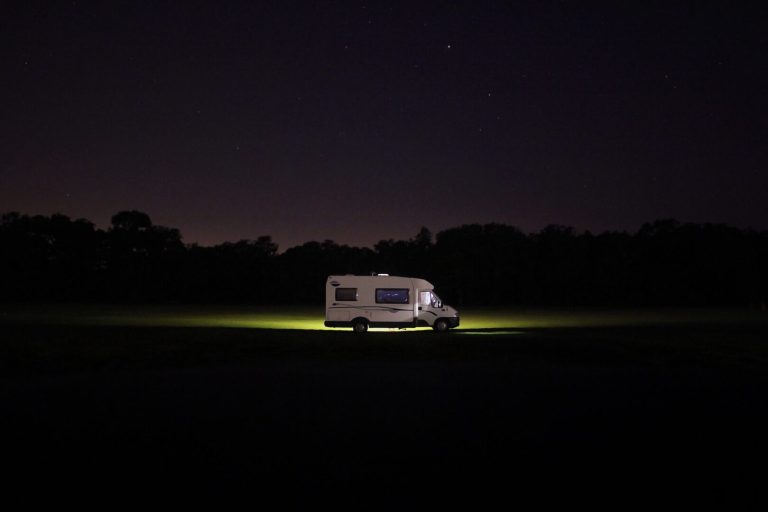
If you’re an RVer or camper who loves to get out in nature, chances are you have heard of the Bureau of Land Management and the camping opportunities on BLM lands. These lands are full of excellent camping in secluded areas that are often off the beaten path – and in many cases, free!
If you’ve heard of the Bureau of Land Management but aren’t sure exactly what they are, we’ll outline that for you below so you can head out camping on BLM lands without a worry.
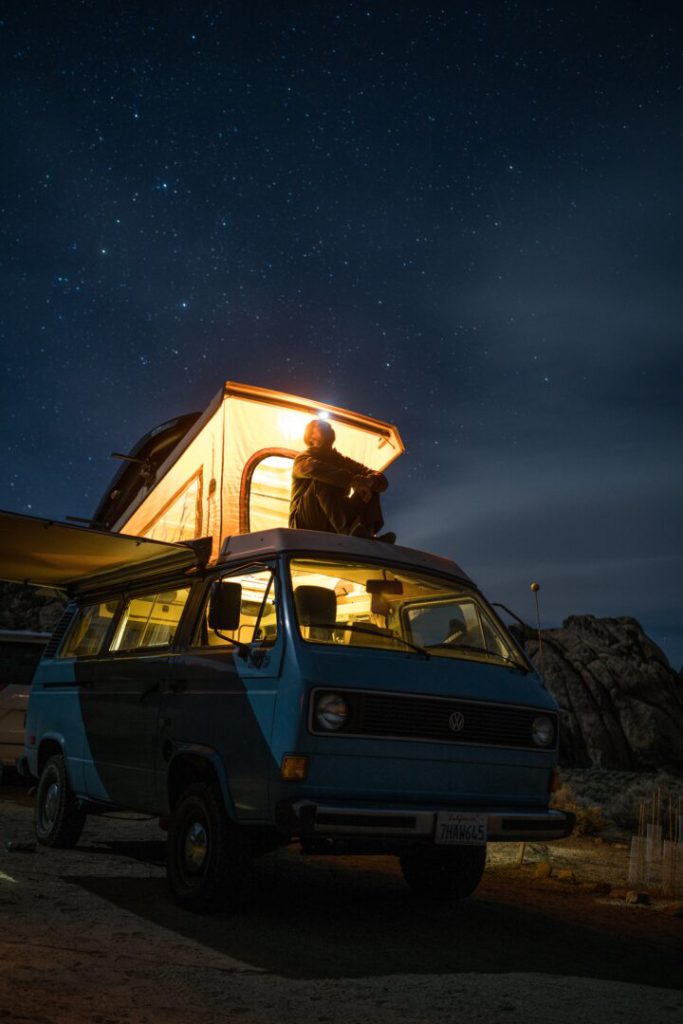
What is the Bureau of Land Management?
The Bureau of Land Management (BLM) is part of the U.S. Department of the Interior and is in charge of administering federal lands. It’s responsible for over 245 million acres of public land and about 700 million acres of underground minerals like oil, gas, and coal. Basically, the Bureau of Land Management is in charge of 1/8 of the United States’ landmass. Most BLM-managed lands are in the west, in Alaska, Arizona, California, Colorado, Idaho, Montana, Nevada, New Mexico, Oregon, Utah, Washington, and Wyoming.
What the Bureau of Land Management is
The department’s mission is “to sustain the health, diversity, and productivity of public lands for the use and enjoyment of present and future generations.”
Congress assigned the BLM to manage public lands with many different purposes.
The Purpose of Bureau of Land Management and What They Do
So, you may be wondering – what does the Bureau of Land Management manage, exactly?
The BLM oversees a variety of services on public lands including:
- Managing livestock grazing on 155 million acres, allowing ranchers permits and leases to graze their livestock on public lands
- Overseeing mining and issuing permits for oil, gas, coal, and renewable energy resources on public lands
- Timber harvesting – the BLM manages 55 million acres of forests including commercial forest, meaning they oversee logging activities on public lands
- Overseeing recreation on millions of acres of streams, reservoirs, rivers, wildlife sites, and trails. BLM lands are used for hunting, boating, fishing, camping, horseback riding, birdwatching, and just about every outdoor activity you can imagine.
- Conservation efforts – the agency also cares for millions of acres of land that is protected from development
- Firefighting – yep, the BLM has its own fire department! More than 3,000 firefighters protect BLM-managed lands and forests
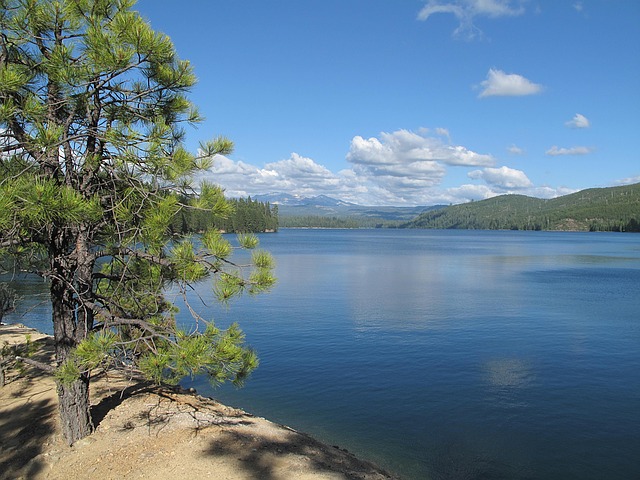
How Does the BLM Work With Campers and RVers?
RV and other recreational campers may find themselves on BLM land quite often as you drive across the country, especially in the Western states. The Bureau of Land Management also has many camping sites where you can set up for the night, or spend several days exploring.
The BLM has a variety of resources for campers to choose from, with everything from developed campgrounds with full hookups and campground fees to dispersed camping in remote areas where campers can boondock and likely won’t pay anything at all.
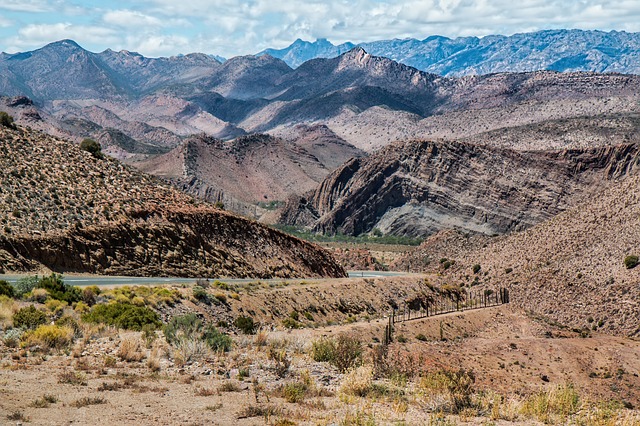
What are BLM camping sites?
There are two main types of BLM camping sites.
Developed Campgrounds
There are many developed campgrounds managed by the Bureau of Land Management. They often include amenities like bathrooms, drinking water, hookups, and tent pads. Not every campground provides all of these things, and you’ll want to check the website or call the field office for the area you’re visiting to see what the facilities are like. Developed campgrounds usually require a fee, and getting a site is usually on a first-come, first-serve basis. There are some campgrounds that accept reservations, and you can find those at recreation.gov.
Most developed campgrounds allow you to stay two weeks, but you’ll want to check with the website or field office to be sure. You’ll also want to make sure the campground is open when you plan to visit – many developed campgrounds are only open in certain seasons due to the weather.
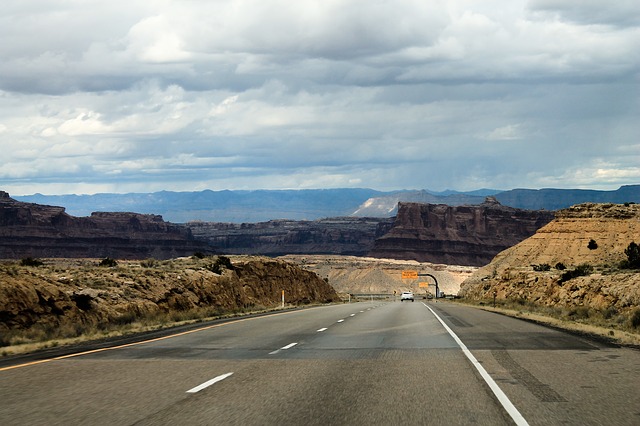
Dispersed Camping
If you really want to get away from it all (and save a little money in the process!), you can boondock on undeveloped public land. Most of the BLM land that is not part of developed recreation facilities is open to dispersed camping. The agency advises that you check to be sure the spot you pick isn’t in an area that will conflict with other authorized uses, that there aren’t any “closed to camping” signs posted, and that you won’t adversely affect wildlife or natural resources.
You are allowed to set up for dispersed camping on public land for 14 days maximum within a 28-day period. After those 14 days, you must move outside of a 25-mile radius of your previous spot, and then you can set up camp for another 14 days. The Bureau of Land Management says moving like this will prevent damage to resources in the area.
Usually, dispersed sites are on secondary roads and aren’t marked. You may see a flat area that has obviously been used as a campsite before, and the BLM requests that campers use these flat sites when possible to avoid disturbing new areas. You are also required to leave no trace when you go – pack out everything including refuse, hazardous materials, sewage, and anything else you bring along.
Some states may have other requirements for dispersed camping and the BLM has Regional Information for each state available here. Be sure to check the state where you plan to camp to see if they have any further guidelines for camping on BLM land.
The Bureau of Land Management also has an array of resources available on its website for anyone planning a trip to or through BLM lands. Check out safety tips for a variety of conditions including fire safety, water safety, cave safety, and animal safety. You’ll want to consult the Outdoor Ethics section before you leave, to ensure you’re taking care of the land and leaving it healthy for the animals who live there and the people who will come after you. There is also a helpful search feature where you can enter the area you want to explore and the types of activities you’re planning and it will give you suggestions for BLM lands that fit your criteria.
Camping on BLM lands is a unique and exciting experience, and an RV can be a wonderful way to get away from crowds and noise but still provide you with a comfortable bed at night. RVshare has many options for RVs, campers, trailers, and more so you can explore these lands to your heart’s content!






